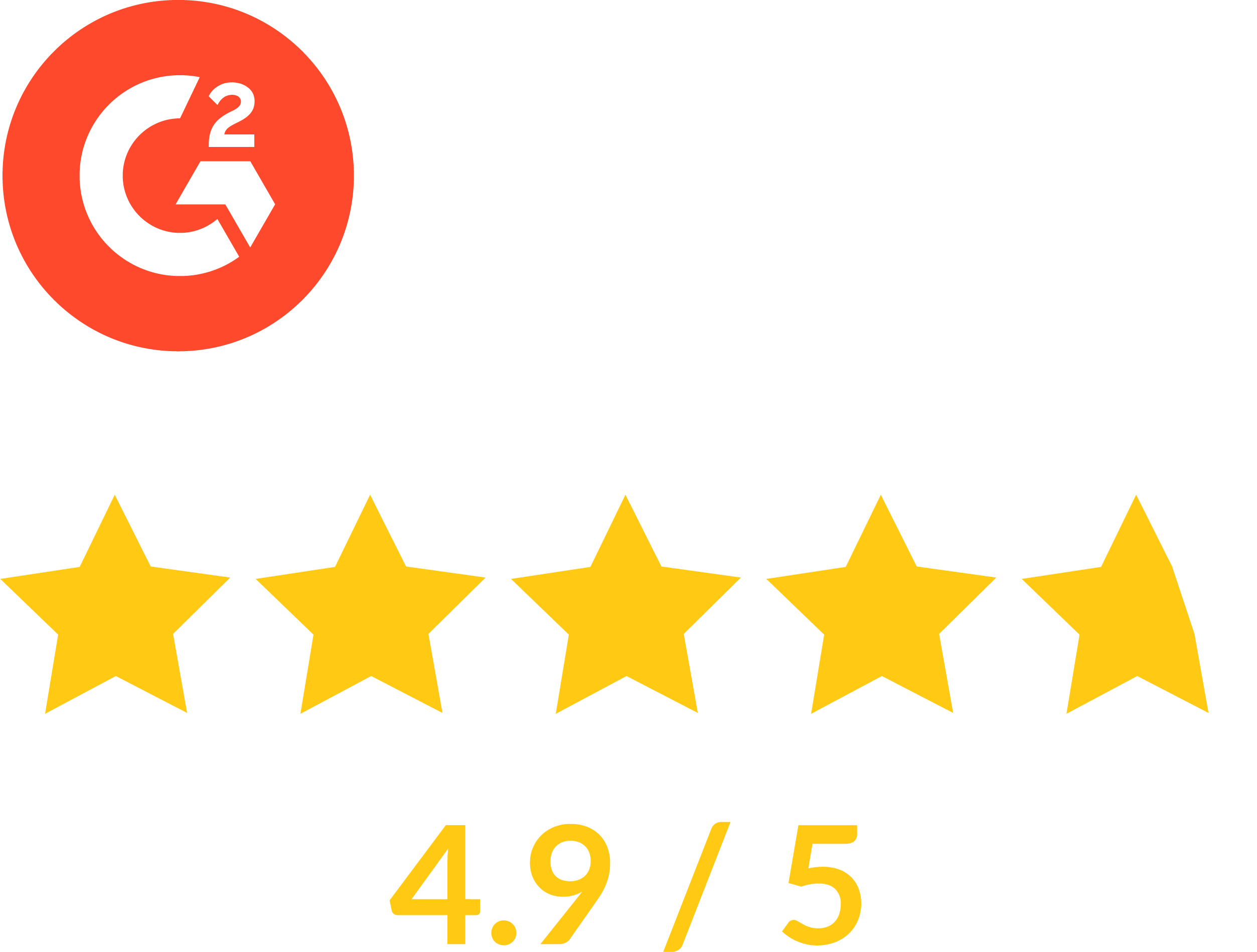Back in the day, it seemed there was a bank – not simply a bank of ATMs, but an actual branch – on every other street corner. It was where relationships with financial services customers began and were built. Today, it’s email inboxes where they start and, hopefully, strengthen.
 There continues to be consolidation in banking and in the other sectors of financial services. And that has undoubtedly contributed to the decline in bank branches. In fact, 14% of all branches closed between 2008 and 2021.
There continues to be consolidation in banking and in the other sectors of financial services. And that has undoubtedly contributed to the decline in bank branches. In fact, 14% of all branches closed between 2008 and 2021.
A major reason is the age we live in. It’s a time when brick and mortar has ostensibly been replaced by 1’s and 0’s, the computer’s binary code. Everyone, from boomers to GenZ, is comfortable managing their money in the digital domain.
This shift from high touch- to high-tech-based customer relationships has dramatically upped the need for email marketing to work well from start to finish. The start is not when the email is sent from your Email Services Provider (ESP) or Marketing Automation Platform (MAP). The beginning is when you see the need to engage customers or prospects with an email – when the marketing idea is just being formed in your head.
A 13+ step process: inefficient from the start
Interestingly, 80% of financial services marketing organizations take two or more weeks to get just one email out the door. The reason is how those emails are created, using methods and processes that are strikingly inefficient.
Step 1. It typically starts with a marketer who prepares an email brief, a document that details the email, what it’s to do, who it should go to, etc.
Step 2. Then, the email brief moves to a creative team. They create a mock-up of the email. It’s sent back to the marketer.
Step 3. Looking at the mock-up, the marketer is prompted to make many comments – because they can now “see” what they envisioned for the email.
Step 4. The mock-up returns to the creative team, often covered with sticky notes.
Step 5. After some understandable grumbling, the creative team addresses each comment…
Steps 6. …followed by more back-and-forth.
Step 7. Along the way, other people get involved and offer their comments…
Step 8. … creating even more back-and-forth.
Step 9. Eventually, the design is handed over to someone who codes it, either from scratch or, most likely, in a template.
Step 10. Once that gets done, it gets loaded into the ESP or MAP. The option of using a template-based email builder in your ESP or MAP is not only time-intensive but risky. Those platforms are very complicated, and the chance an under-trained person in one will cause a problem – from an embarrassing unintended send to literally taking the system down – is high.
Step 11. The ESP or MAP produces proofs, which are sent around to make sure it meets everyone’s marketing requirements, and the email works from a technical standpoint. How many proofs? It’s not unusual at a financial services company for there to be 14 or more versions before the final final is reached.
Step 12. Now, the review and approval process kicks in. There are the legal and compliance teams, the creative team, the marketer, and likely an executive or two – often at the last minute – to ensure everything is as it needs to be.
(Potential Step13 to 24). If there’s anything wrong or unacceptable in the view of any of the reviewers, it goes back to the beginning of the process, and with the “fix,” the review cycle spins again.
Step 13. Finally, after all that back-and-forth, it gets scheduled and loaded for deployment.
Creating an email this way is the embodiment of inefficiency. There are so many places where bottlenecks can occur, causing delays, which, in the rush to meet a deadline, causes errors that only make a bad situation worse.
A slow process can’t work in a fast-moving market
The financial services industry is one marked by change. The sector itself drives that change. In turn, there’s change clients demand. Along with that, federal and state regulatory bodies force some of it.
Your competitors face the same challenges. A wait-and-see attitude won’t win the day. The key is to make your email and landing page creation process as agile as your thinking. You can’t out-market your competitors if you can’t execute efficiently.
Research conducted by Stensul found that financial services email marketing teams spend 90% of their available time on production-related activities. That leaves just 10% for strategy – the fine-tuning of your email campaign so its performance has the potential to exceed expectations. If you don’t have time for A/B testing, segmentation, or personalization – all proven performance boosters – the full potential of your email campaign can’t possibly be realized.
And that is extremely important, especially since email is one of the best marketing channels to convert prospects and clients to action. To make the most of email marketing, you need time.
Find the time with an efficient creation process
A Stensul Email and Landing Page Creation Platform can reduce your creation time by up to 90%. What’s more, since it’s a low/no-code solution, non-technical people can

quickly create high-quality, high-performing emails that, due to robust, programmable guardrails, ensure that what they produce will always be on brand and fully compliant.
It’s worth noting 5 of the top 10 U.S. banks find the Stensul Email and Landing Page Creation Platform works for them.
Stensul allows you to distribute creation while controlling who can create, approve, upload, and authorize a send. Imagine having thousands of financial advisors able to create emails that move their clients to action – from their Outlook accounts – and you needn’t worry anything will put your institution at risk.
Putting Stensul at the center of your marketing creation process helps to make your marketing tech stack better. It seamlessly and securely integrates with all adjacent technology, like DAMs, link tracking, live content, Dynamic Content, Messaging, and Workflow, as well as all leading ESPs and MAPs, letting you see more value and greater performance from each component.
It is a process change worth making. Besides saving time, Stensul helps you save marketing dollars that can be allocated in other, more effective ways. For example, a top credit rating agency saw creation time drop 95% when it shifted to Stensul’s efficient Email and Landing Page Creation Platform. The time saved unlocked nearly $800,000 in marketing dollars. This freed up more than three full-time employees, who now focus on strategy and email performance improvement.
A global payments firm implemented Stensul so that non-technical people could create emails independently. This meant reviews and approvals occurred in real time to simplify and speed up the process. Emails created in the Stensul platform generated a 2.5x boost in CTR over the company’s prior average rate.
The ROI of efficient email creation
Email produces an ROI of around $40 for every dollar spent. You also know there’s a lot of pain to get those emails ready for deployment. You can reduce the pain and increase your email performance with Stensul.
A division of the largest insurance company needed to get more performance out of its email efforts. Unfortunately, they never had enough time to find ways to improve their email results – until they started using Stensul. With an efficient creation process, the company saved 200+ hours/month so email marketers could run A/B testing and personalization efforts. Templates and modules that were standouts could be identified so email creation efforts could be built around them.
The results of this effort to optimize email performance was a 19% increase in leads and an additional $32 million in sales pipeline – realized one year after implementing Stensul.
A bonus for financial services marketers
Learn more about how Stensul can help your organization and how others like yours are getting a better return on their email marketing efforts in the Stensul Finserv hub. It’s a resource tailored specifically for marketers like you facing challenging financial markets, demanding consumers, and aggressive competitors.
If you’re ready to talk, ask for a personal demo of the Stensul Email and Landing Page Creation Platform.




